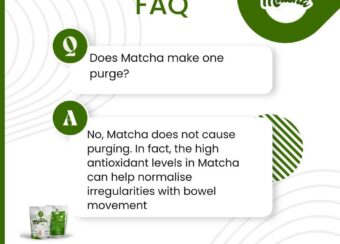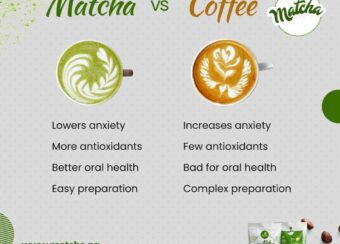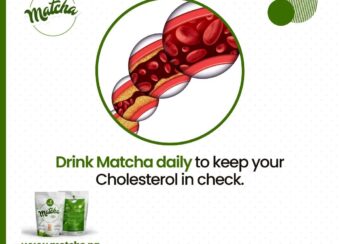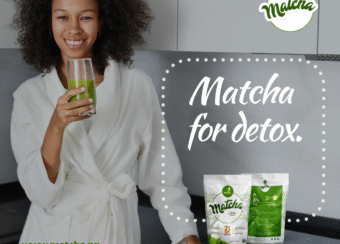Matcha: History, Production, & Grades
October 5, 2025 2025-10-08 22:10Matcha: History, Production, & Grades
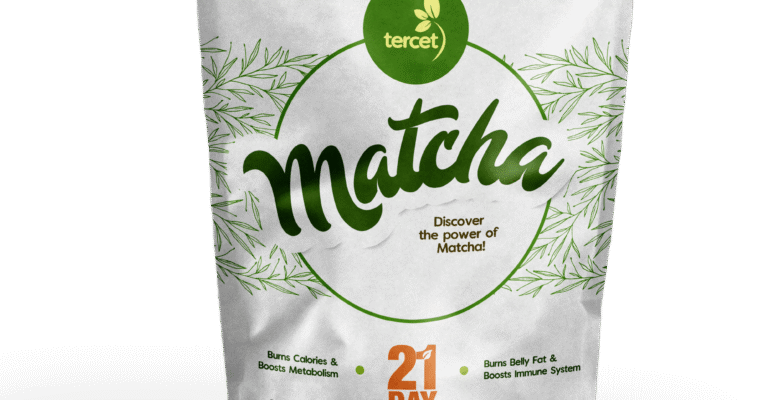
Matcha: History, Production, & Grades
Every day, millions of very enlightened and health-conscious people around the world wake up in the morning and take a cup of a nutrient-packed green tea called matcha. Before the day is over, those who missed a chance to have this nutritious drink find a way to incorporate it into their meals or snacks. This way, they never miss an opportunity to give their taste buds a treat and their bodies a dose of nourishment.
Since time immemorial, people have depended on drinkables to help them get through the day or achieve a specific body goal. It could be coffee, tea, chocolate beverages, carbonated drinks, or good ol’ water. However, life always places good health above any other reason. Which brings us to the question; what is your favorite drink adding to your body?
Now, let’s talk about some facts! When you bring coffee and matcha side by side, you can easily see similar nutritional benefits. Like, help in weight loss, cancer-fighting components, and heart protection benefits.
Matcha is rich in Epigallocatechin Gallate (EGCG). At the same time, coffee contains Chlorogenic Acid (CGA), and both aid in weight loss. However, the EGCG found in matcha may help to lower blood pressure and inhibit bad cholesterol and triglycerides levels. This component helps to block fat absorption from the gut and goes the extra mile to promote oral health. Meanwhile, the Cafestol and Kahweol from coffee can increase bad cholesterol and triglyceride levels.
Coffee has a more acidic component, while matcha possesses alkaline properties, which makes this wonderful tea more stomach accommodating. Also, the caffeine content in coffee is much higher than the low amount in matcha, which helps prevent caffeine dependency, anxiety, and dehydration.
Furthermore, for a side-by-side comparison with matcha and other green teas. Green teas are packed with EGCG, an antioxidant that helps to neutralize free radicals and aid the body’s natural detoxification process. Still, matcha is loaded 3X with this potent property. This means that a cup of matcha gives you 3X of the health benefits you get from drinking a cup of general green tea.
What is Matcha?
You may have heard many beautiful things about matcha but still need to learn what it is. It’s a green, powdered tea, but it’s pretty condescending on matcha’s part to identify it as just a regular green tea. For starters, matcha is a wholly extracted and finely grounded powdered tea from a unique green tea plant in Japan.
Production
These plants are not grown the conventional way; instead, they are raised under a shade to prevent direct sunlight. This process lasts for a month before harvesting starts. The idea of shading the plant from the sun is to aid the production of chlorophyll in increased quantities and, in turn, increase the growth of an amino acid called theanine. This theanine, a dietary supplement, supplies glutamate to the body. Glutamate, in turn, is an alpha amino acid that living beings need for the biosynthesis of proteins.
After harvesting and before the grinding process, they remove the veins and stems of the plant. And also, the millstone never gets to a high temperature while grinding. In a very slow process, the leaves go through crushing, and the final product is a fine powdery consistency, ready for consumption. However, these power-packed drink comes in grades due to some reasons.
Grades
During harvest, the young, fresh tea leaves get to the millstone first. It takes highly experienced millers to grind it slowly to its powdery nature. Harvesting continues even after the season but they do not pass through the highest processing methods—the reason why it is separated in grades.
The ceremonial grade
This grade of matcha tea is what the ancient Buddhists and the Japanese drink during a tea ceremony. It comes from the best part of the green tea leaves. The young, delicate, freshly harvested, and carefully processed tea leaves give off a more rich green color and a naturally pleasant taste. Historically, the Japanese dynasty used this grade regularly. The ceremonial grade is the most expensive of all grades of matcha.
The premium-grade
The premium-grade is a mixture of the ceremonial and the culinary grade of matcha. Coffee shops and restaurants primarily use this grade and it is less expensive than the ceremonial grade.
The culinary grade
The Culinary grade is the least of them all and also the cheapest. It comes from the part of the tea leaves harvested last and has a more distinct bitter taste due to the harvesting and grinding process. It is mainly used in cooking meals.
Conclusion
In a world filled with numerous drinks, matcha has proven to be a game-changer and an all-rounder. It sets the pace for other teas to follow in health benefits and well-being.


